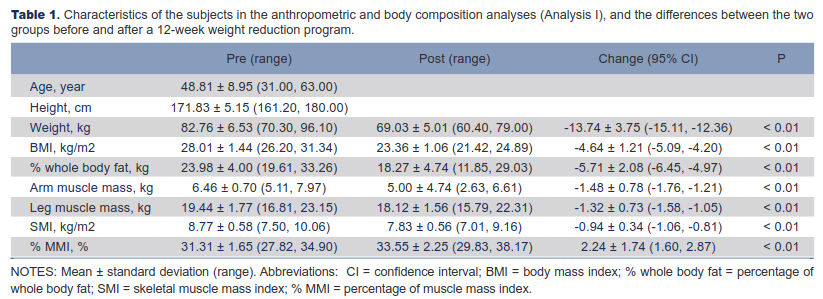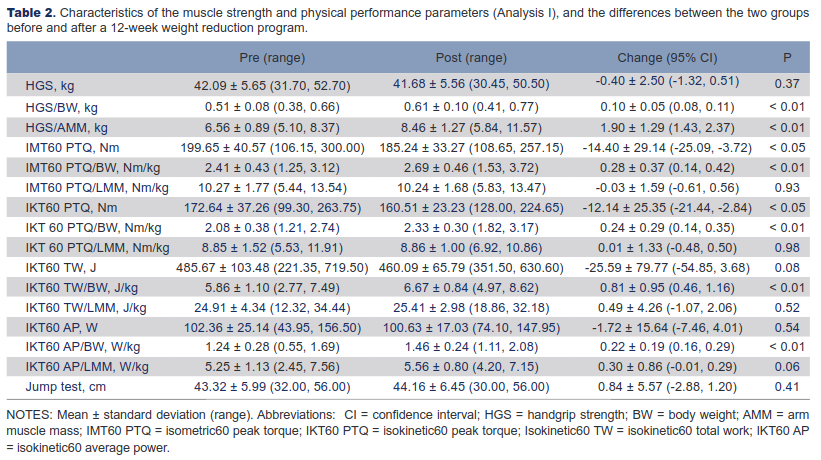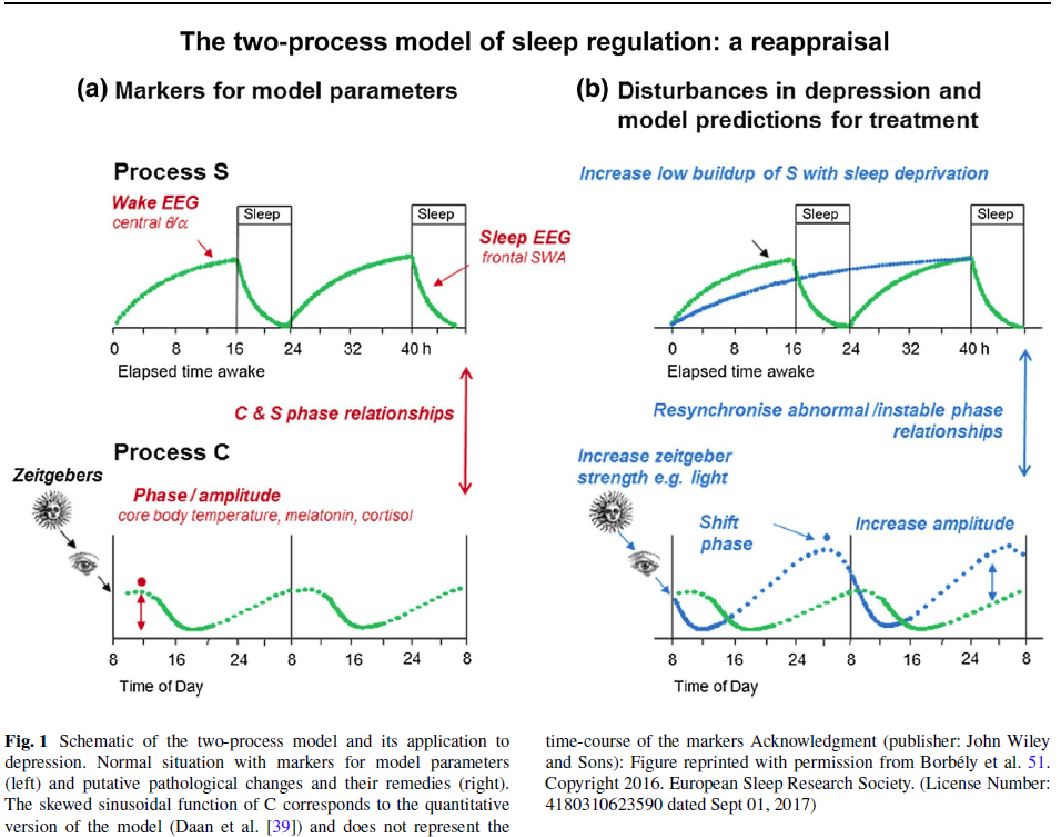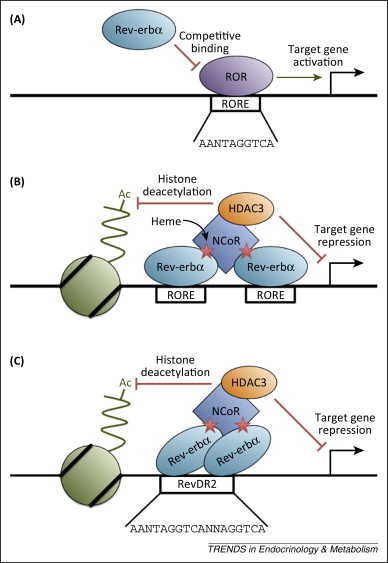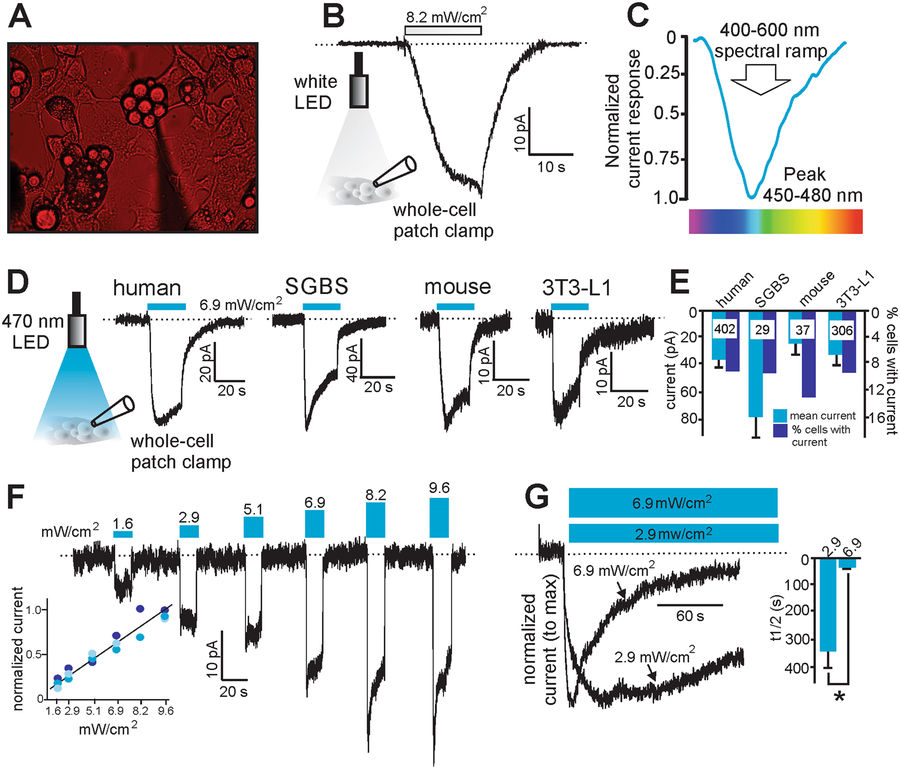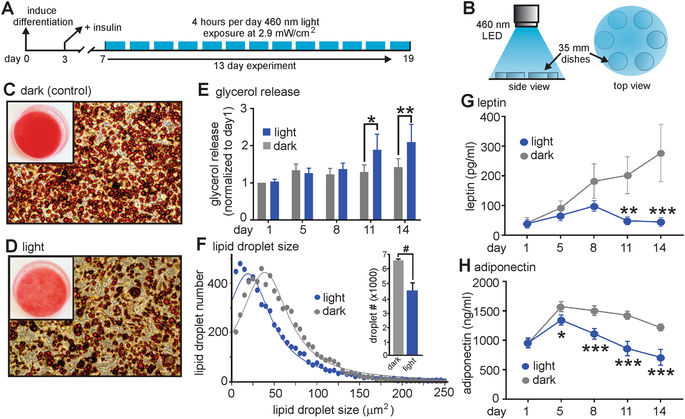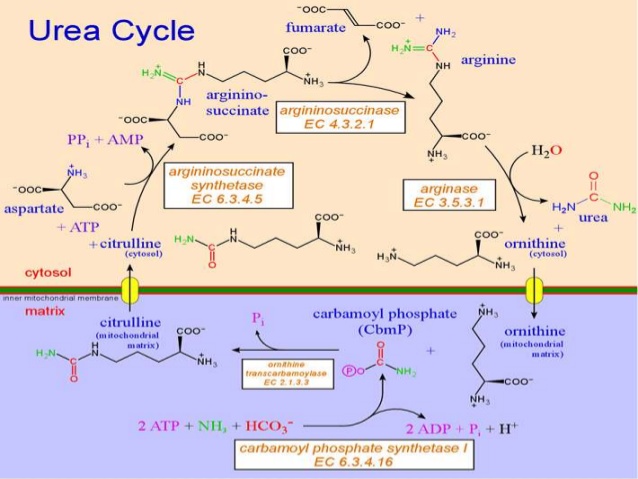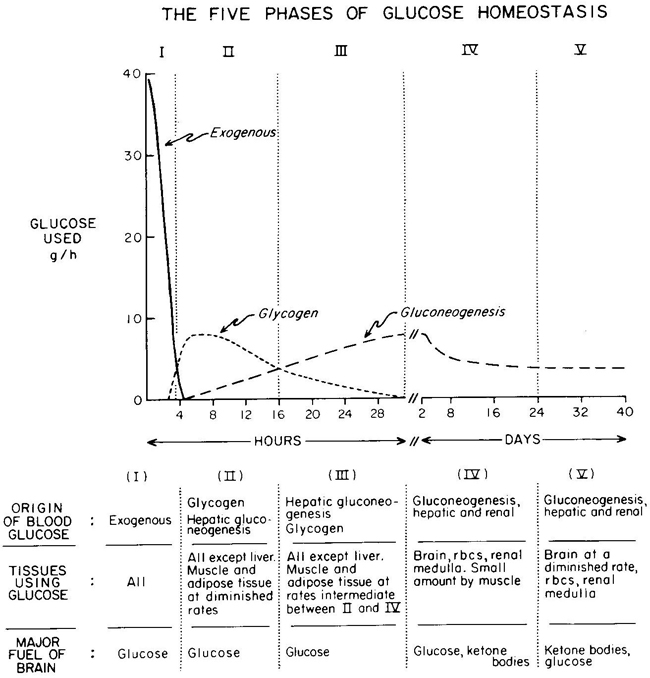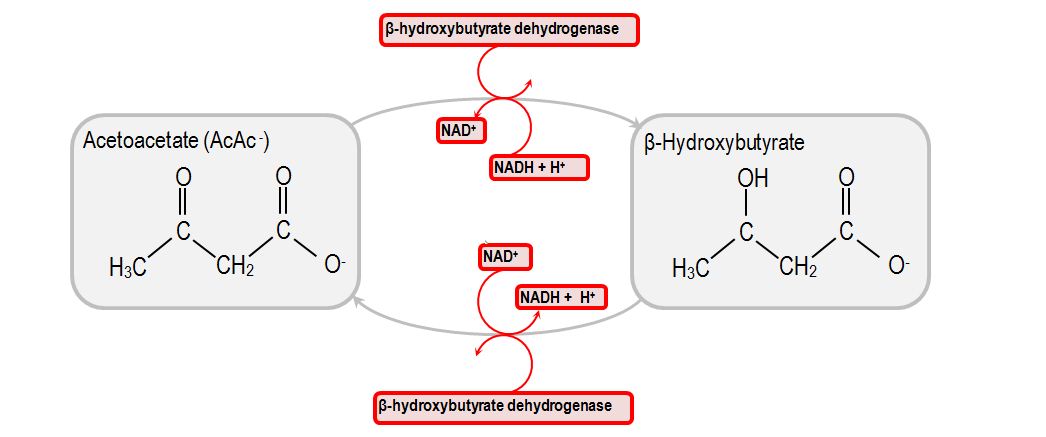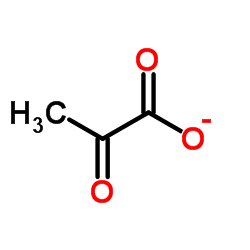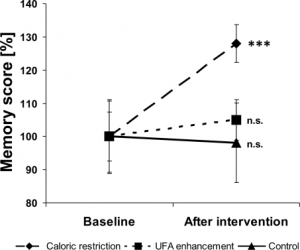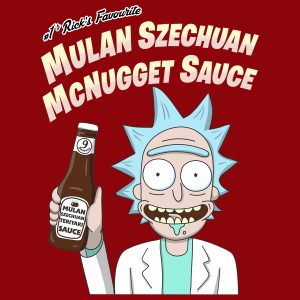Weight reduction does not induce an undesirable decrease in muscle mass, muscle strength, or physical performance in men with obesity: a pilot study (Kim et al., 2018)
Cut & paste abstract. Literally.
“To date, there have been no reports on whether weight reduction causes decreases in muscle mass, muscle strength, or physical performance that could lead to health problems. Thus, in this pilot study, we investigated the appropriateness of the changes in muscle mass, muscle strength and physical performance after weight reduction.
Obese men who completed a weight reduction program to decrease and maintain a body mass index (BMI) of less than 25 kg/m2 for one year were recruited for the study. One year after the completion of a weight reduction program, the participants’ muscle mass, muscle strength, and physical performance were compared with those in a reference group composed of individuals whose BMI was less than 25 kg/m2. Whole-body scanning was performed using dual-energy X-ray absorptiometry to analyze muscle mass. Handgrip strength and knee extensor strength were measured to evaluate arm and leg muscle strength, respectively. For physical performance, a jump test was employed.
The results showed that the biceps, triceps, subscapular, and suprailiac areas of professional fashion models were significantly thinner than those of women in general (p<.001), and that their waist size was also significantly smaller (p<.001). However, hip circumference showed no significant difference. Body mass index, waist-to-hip ratio, and body fat (%) in professional fashion models were significantly lower than those in women in general (p<.001), while the body density in professional fashion models was significantly greater (p<0.001).
Weight reduction participants showed an average reduction in body weight of -16.47%. Normalized arm muscle mass and handgrip strength were significantly greater in the weight reduction group than in the reference group; however, no significant differences were detected between the two groups with respect to the other variables. After one year, there were no significant differences between the two groups.”
Wait, wut
O_o
I’m blaming that one on the journal. They made a mistake — strike 1. I read it twice before laughing out loud.
Table 1.
Given the title of the paper… statistically significant reductions in all of the muscles they measured. Strike 2.
I reiterate: given the title of the of the paper, statistically significant reductions in nearly every measure of performance. Strike 3. Strikes 2 and 3 are on the authors.
You’re OUT hahaha
If you like what I do and want to support it, check out my Patreon campaign!
UPDATED Affiliate links: still looking for a pair of hot blue blockers? Carbonshade is offering 15% off with the coupon code LAGAKOS and Spectra479 is offering 15% off HERE.
If you have no idea what I’m talking about, read this then this.
20% off some delish stocks and broths from Kettle and Fire HERE.
If you want the benefits of ‘shrooms but don’t like eating them, Real Mushrooms makes great extracts. 10% off with coupon code LAGAKOS. I recommend Lion’s Mane for the brain and Reishi for everything else.
Join Earn.com with this link. Get free magical internet money!

